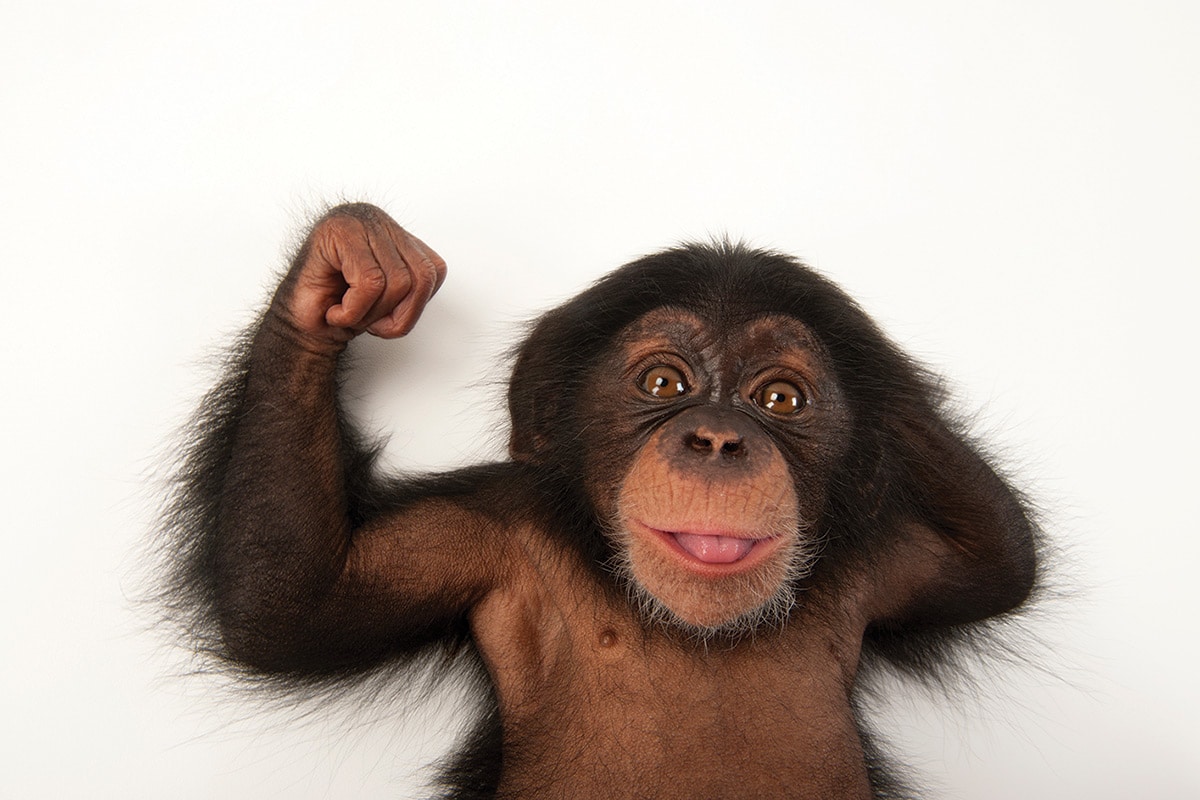Biodiversity is a hot topic at the moment, but what is it?
Put simply, biodiversity helps regulate climate, air, soil and pretty much all of the good things we need for life. But a drop in global biodiversity is putting our ability to produce food at risk. Insects are dying off at record rates — an ominous sign. That’s why we must save the bees. And the trees. And the chimpanzees.
Scientists are warning us that we are in the midst of a sixth mass extinction. From the Himalayas to the Peruvian altiplano, we are losing dozens of species every day, speeding up the natural rate of extinction.
Luckily, projects like these all work to increase the variety and variability of life on Earth.
1. Around the world in 5,000 insects

Insects often get a bad press
It’s easier to be concerned about bees, sea turtles, wolves and rhinos dying than bugs. However, constituting more than half of living species on earth, a greater understanding of their biology is crucial in developing strategies for insect control and protection. That’s why the aptly-named Gene Robinson is sequencing and analysing the genomes of 5,000 insects over five years – and he’s calling it the 5,000 Insect Genome Project.
2. Tagging predators in the open sea

Wired fish
Can you imagine being able to see where a specific great white is at any time? With GTOPP’s Shark Net app you can view tracking data of the ocean’s top predators – like sharks, tuna and marlin. Its objective is to understand the factors that influence animal behaviour in the ocean and to build the tools required for protecting their future.
Protect ► The deep blue
3. Hectares of hope

Sustainable Land Management
Methane-burping cows are often the scape-goats (or scape-cows) for climate change. By giving the animals a more holistic hook, Tony Lovell, co-founder of SLM Australia Livestock Fund, has raised a whopping $100 million to help regenerate billions of hectares of damaged grasslands – using soil management, biodiversity restoration and grazing techniques.
Interview ► 5 billion hectares of hope

Great Green Wall
Africa is building a Great Green Wall of trees through 11 countries, just under the Sahara desert. Spanning the entire width of Africa, from Dakar to Djibouti, it will provide food, jobs and a future for the millions living on the frontline of climate change. Watch this awe-inspiring virtual reality film following a Senegalese girl and her family…
Watch ► Explore life beside the wall
5. ID please!

Chimp & See
With Chimp & See (points for a great project name) the globally curious play a crucial role in enabling scientists to improve records of biodiversity. Aiming to better understand human evolution, users are a part of the story, contributing to a greater understanding of how we got here and where we’re headed – through videos.
Watch ► Spot chimpanzees in the wild
6. Bee charming

The Village Market SA
Our friends the bees keep ecosystems connected, transporting nutrients between plants to give us more than a third of the food we humans eat. But the pollinators are in scarily rapid decline. A South African queen bee charmer wants to change the face of agriculture: “It’s known as a business for old, dirty looking males in khakis. But I can still rock my stilettos and be a farmer.”
Meet ► Agri-preneur Mmabatho Morudi

Archangel Ancient Tree Archive
Archangel Ancient Tree Archive has created 75 ancient Redwood tree clones using stumps as old as 3,000 years. How? By creating a tree embryos. Planting ancient tree species in forests vulnerable to climate change and suffering from biodiversity loss could sequester more carbon and increase ecosystem resilience.
Watch ► Trees are the matrix of everything living
8. Surf the web, plant a forest

Ecosia
In this period of climate change and biodiversity loss, all trees should be celebrated. So, how about financing the planting of a billion trees every year? Ecosia wants to pay €1 million to preserve the last remaining acres of the ancient Hambach Forest in Germany, which has been decimated by the coal industry. The nonprofit uses ad revenue to plant trees in deforested areas around the world.
Plant ► Trees while you search the web
Enjoyed this AtlasNews? ► Sign up here to receive weekly slices of joy into your inbox.

